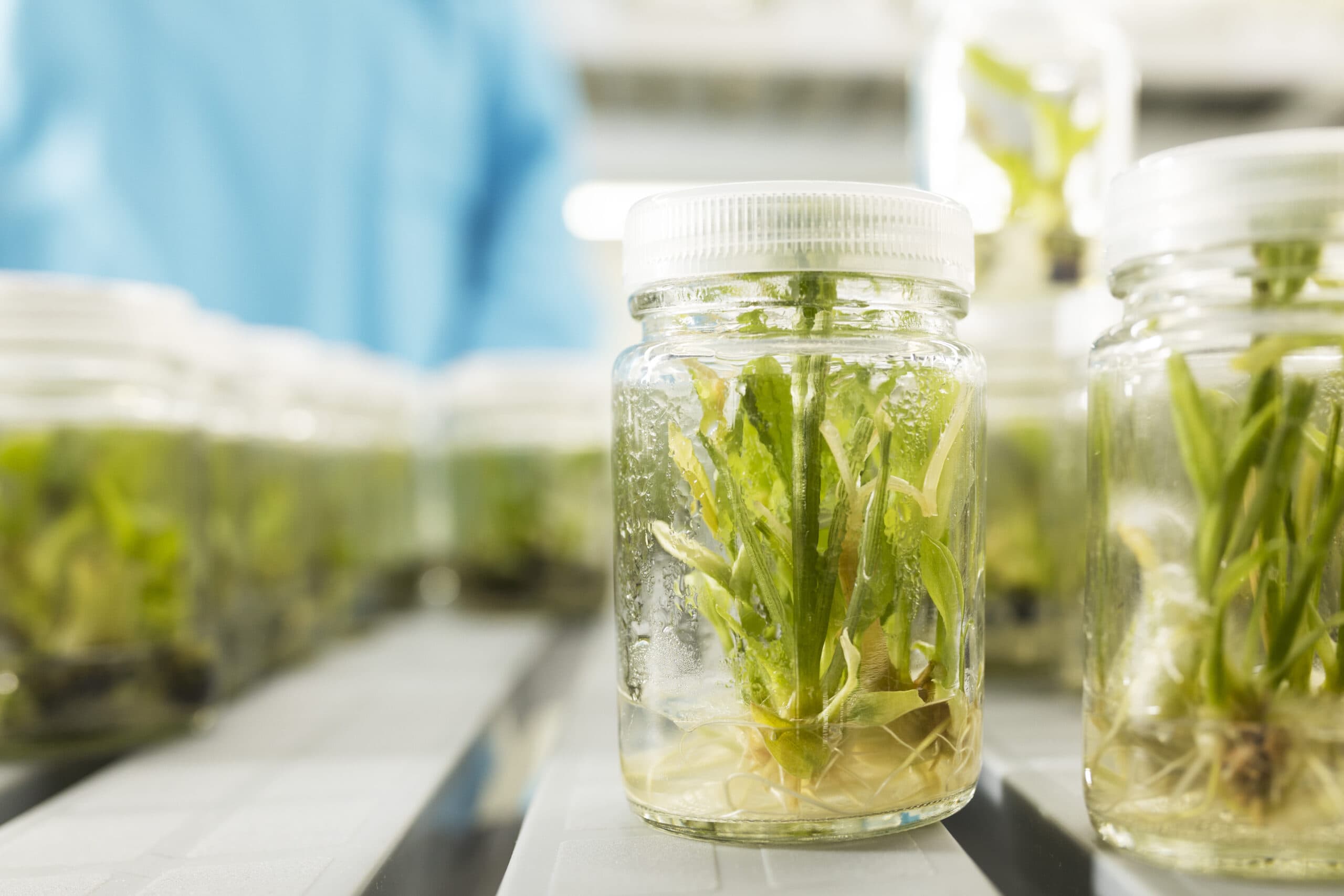The Australian ginger industry is growing. Over the past seven years the gross value of production of the Australian ginger industry has steadily risen, with a $19 million spike in value during the COVID-19 pandemic. As a high-value crop and a high-quality product, the new RD&E Plan aims to ensure a continued premium for Australian ginger through focusing on improved productivity, profitability, and sustainability.
Since 2010, the Australian ginger industry has operated with a statutory R&D levy making this their third RD&E plan.
The new RD&E Plan was developed in consultation with ginger producers and industry stakeholders. Extensive industry engagement helped to identify key trends and drivers likely to affect the industry in the future and inform the priorities outlined in the new plan.
AgriFutures Ginger Advisory Panel Chair, Jacqueline Wilson-Smith thanked the industry for their participation in consultation activities explaining that their input is crucial in shaping the future of the industry.
“Over the past 18 months, the ginger industry has participated in surveys, scenario planning exercises and provided feedback on the draft plan”, Jacqueline explained.
“Their participation has helped us to better understand the challenges, issues and opportunities for ginger growers and map a path forward to support a stronger and more resilient ginger industry in Australia,” said Jacqueline.
The priorities for investment outlined in the new Plan are:
- High-quality product and sustainable production systems
- Market opportunities
- Technology and innovation
- Industry engagement.










